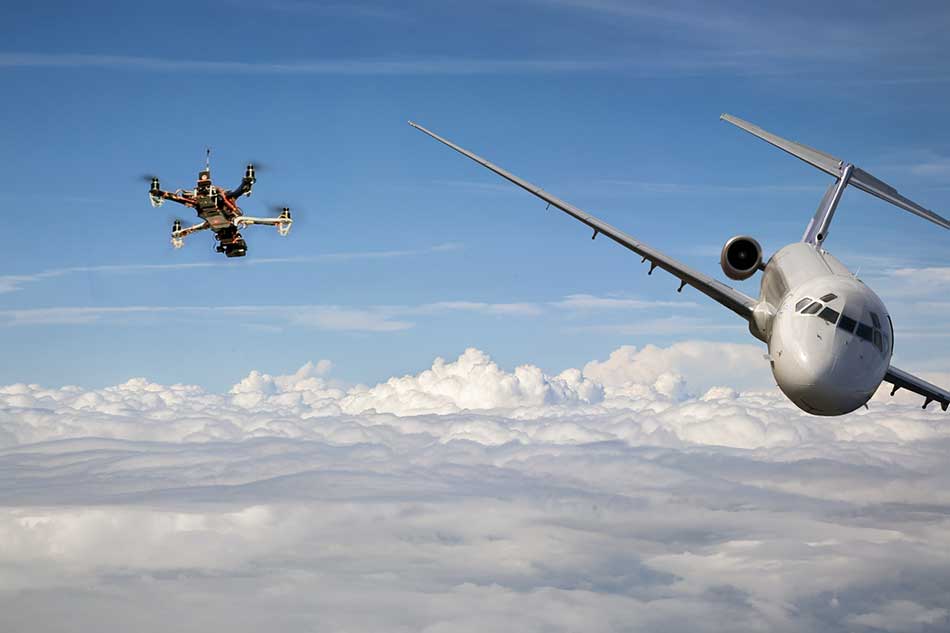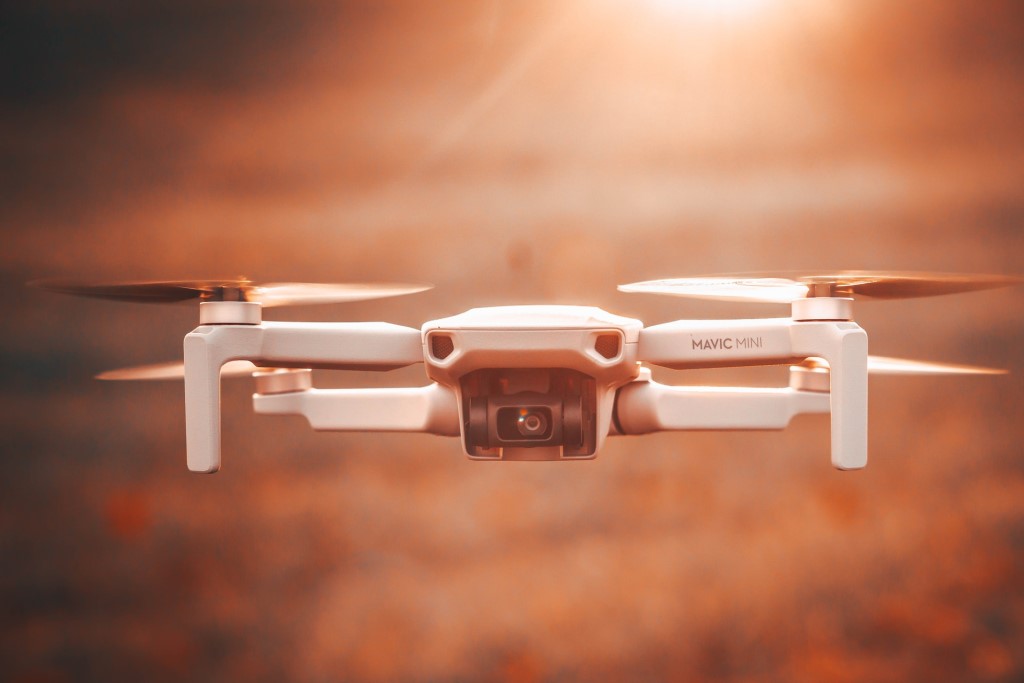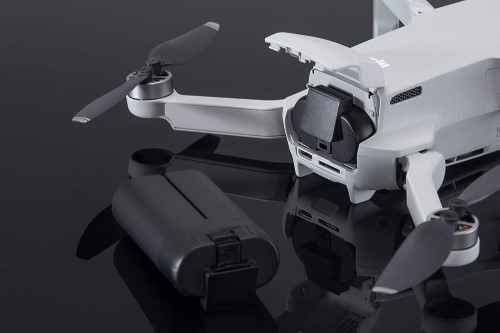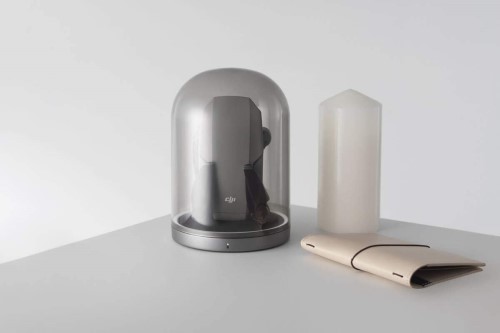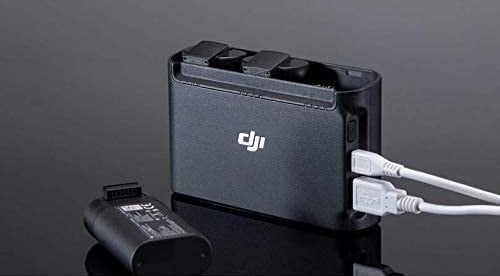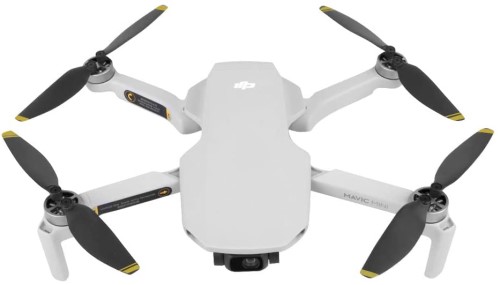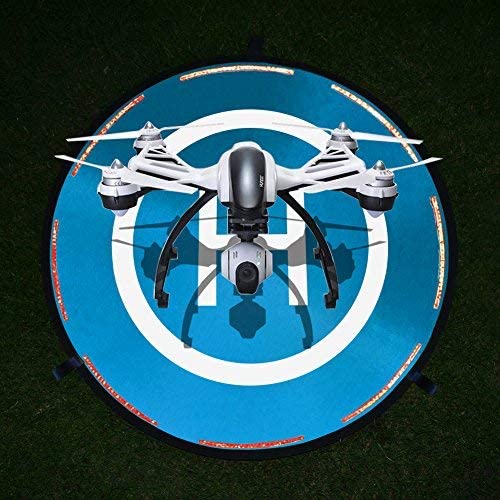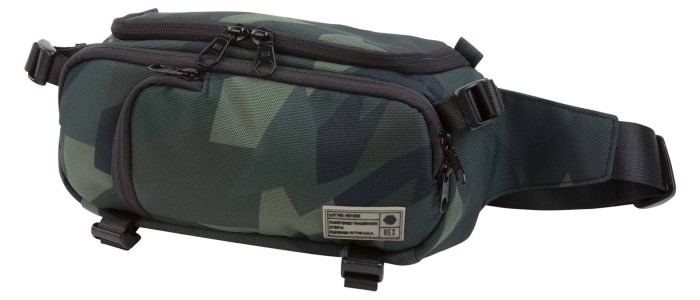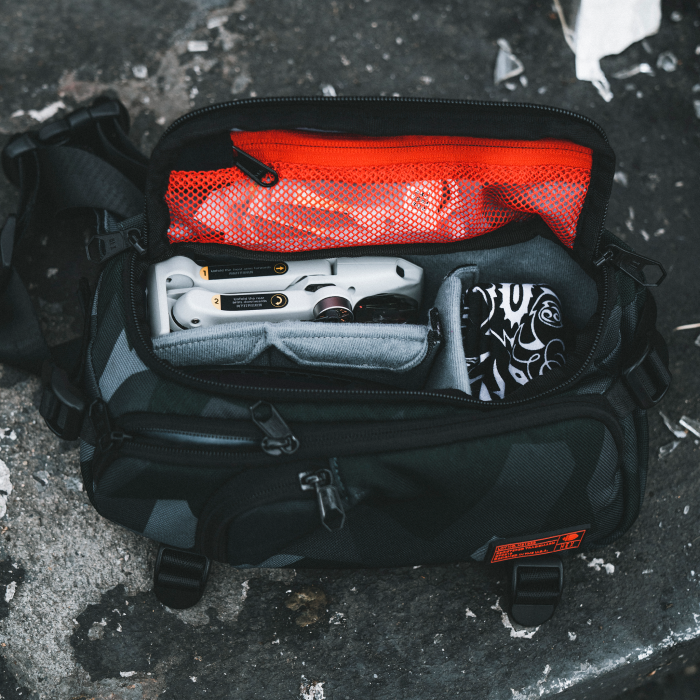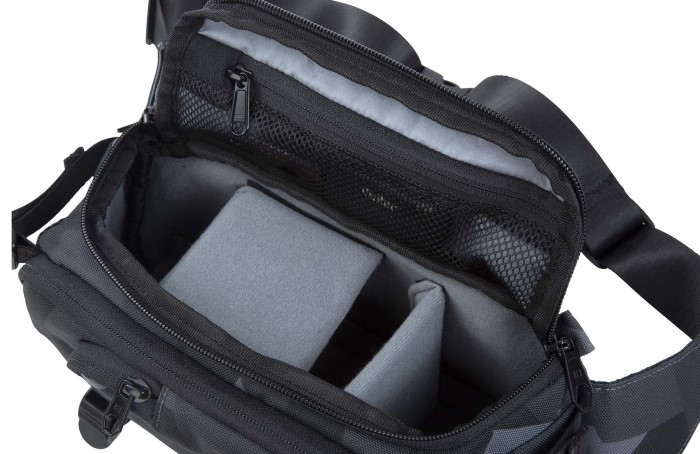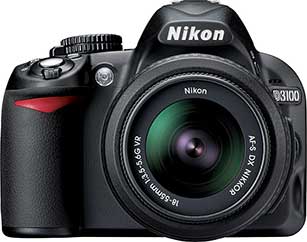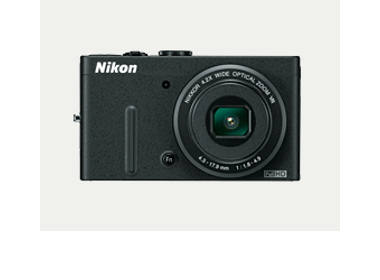How are you liking your new drone? Or perhaps you’re considering either upgrading your current drone or getting into drones as a beginner. Whichever describes your situation, you will need to know the FAA rules for drones as well as how to fly a drone safely.
We have some drone photography tips explaining some of what you need to know to stay within regulations and restrictions concerning FAA rules for drones.

What Is Required?

Photo by Harry Cunningham on Unsplash
The FAA requires that drones should be registered and also that they are operated within certain restrictions and guidelines. This is true regardless of whether you will be using your drone for profit or not.
Recreational fliers are registered under the guidelines covered by what was formerly called Section 336 and is for fliers now labeled Recreational Flyers and Modeler Community-Based Organizations.
A separate registration is called Part 107 and is required for anyone making money off of their drone use. These users are labeled Certified Remote Pilots, including Commercial Operators. There are some very important distinctions between these two types of users. To make sure you operating legally, be sure to know what type of registration applies to your drone flying.
How To Register Drones

Photo by Helloquence on Unsplash
hear two questions come up most frequently about the FAA and drones. One is “do I have to register my drone?” The answer for that query is yes. You can cause yourself all sorts of problems if you decide to skip this step.
The next question is about how to register my drone with the FAA. There are two ways to register. You may submit a paper application or you can choose to register online. If you are filing under Part 107, you will also have to pass a test administered by the FAA. There will soon be basic testing for recreational users as well according to the FAA website about drones.
Besides the initial testing and registration, there will be periodic renewing of certificates and perhaps more training and testing required. Flying a drone has all these guidelines and requirements because of the hazards involved and because of the potential for abuse.
What Drones Need Registration?

Any drone that is over 0.55 pounds but less than 55 pounds and are flown recreationally or for certain commercial activities must be registered. It’s a good idea to keep up to date with government rules, nationally and locally, so you are within the bounds of what is acceptable.
As a drone photography tip, let’s look at two different drones you may have in mind and see which registration, if any, applies to them.

The DJI Mavic 2 Zoom drone (shown above) is a full featured but relatively lightweight drone with a zoom lens and video recording built in. It weighs in at just a few grams under 2 pounds. That makes it over 0.55 pounds but nowhere near 55 pounds. Does it need to be registered? Absolutely yes.

Another DJI drone, the DJI Mavic 2 Pro (shown above), is marketed towards advanced users and professional photographers and videographers. It has a Hasselblad camera and lens for ultra high resolution imaging and video. It weighs about 2 pounds too, so it definitely needs to be registered.

So, which registration applies? Does the DJI Mavic 2 Pro have to be filed under Part 107 since it’s considered a pro camera drone? Should my new DJI Mavic 2 Zoom be listed under former Section 336 since it’s not labeled a pro tool?
Well, both of those questions are actually misleading. It isn’t the drone that determines what type of registration it’s the intended use of the drone. If you are using your Mavic 2 Pro merely for your own personal enjoyment, it would be a recreational license. If you use your Mavic 2 Zoom to create B-roll video for a project that makes you money, it’s a commercial license.
If you get confused over the distinctions, check the FAA drone website. Basic rule of thumb is if it makes you money or you intend for it make you money, file as a commercial operator.
How To Fly a Drone Safely

Photo by Kaleb Kendall on Unsplash
There are a lot of do’s and don’ts concerning safety and privacy with drone operation. Check our other drone articles listed under the Learn More heading for some specifics.
The main thing is, operate your drone safely and within the law. If you do that, you have a greater chance of having a pleasant outing and getting nice photos and videos!
This blog post about "Drone Photography Tip: Understanding FAA Rules and Regulations" was first published on our website here https://www.photographytalk.com/drone-photography-tip-understanding-faa-rules-and-regulations
